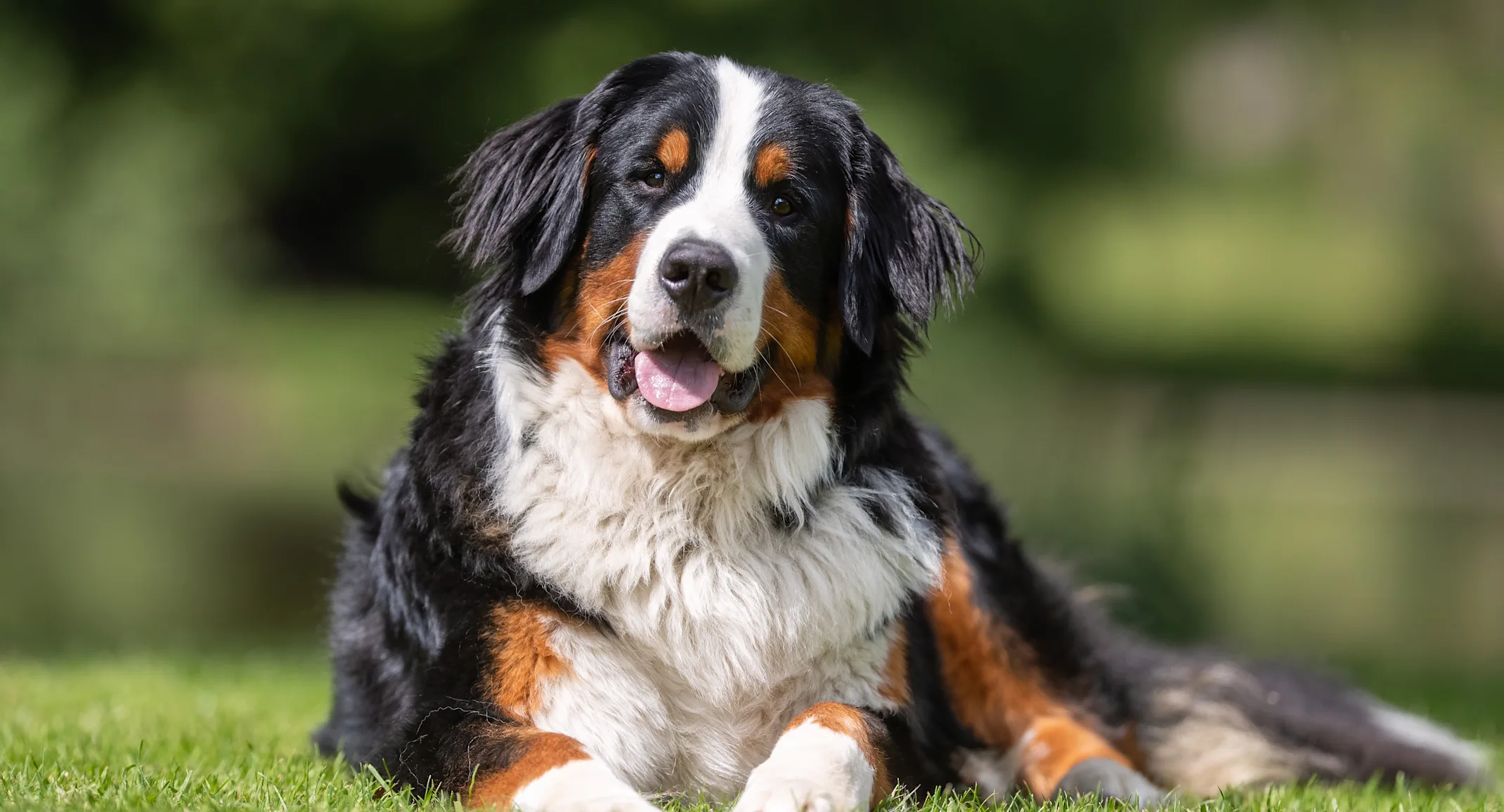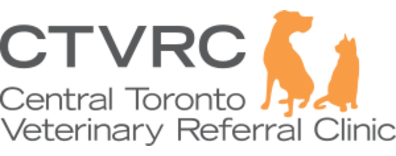Canine Hypothyroidism: Screening Tests and Diagnosis
Internal Medicine Update

The diagnosis of canine hypothyroidism must first be based on a combination of signalment, history, physical examination findings. If the dog does not look like a hypothyroid dog it is less likely they are. If the patient has the characteristics of a hypothyroid dog then clinicopathologic testing; complete blood count, serum biochemistry profile, urinalysis should be performed go rule out non-thyroidal illnesses. Once other diseases have been excluded then assessment of the thyroid function is appropriate.
The most common baseline tests to asses thyroid function include: total T4 concentration (TT4), TSH, free T4 level (fT4), and free T4 by equilibrium dialysis (fT4 EQD). Other tests that are not often used include T3, free T3, reverse T3, TSH stimulation test, and thyroid autoantibodies.
The first step in screening for canine hypothyroidism is a serum TT4 concentration. This is a measurement all thyroid hormone fractions; protein-bound and free T4 hormone in the blood. A dog that is suspected of hypothyroidism should have a low TT4 concentration. A low TT4 concentration is consistent with hypothyroidism but is not diagnostic and you should move to the second step in establishing the diagnosis, a serum TSH concentration, fT4 EQD, and thyroid autoantibodies. In general, if I am presented with a dog with clinical signs that indicate the possibility of hypothyroidism but the TT4 concentration is well within the normal reference range, then this dog most likely does not have hypothyroidism and I will not pursue further investigations into thyroid function. If, however, the TT4 concentration is low or on the low end of the normal reference range then I would proceed onto the phase two in the diagnosis of canine hypothyroidism.
TSH is secreted by the pituitary gland to increase the synthesis and secretion of T4. TSH secretion is controlled by negative feedback from systemic thyroid hormone concentrations at the level of the hypothalamus and pituitary. Ideally, a dog with hypothyroidism would have a low TT4 and an elevated TSH concentration. Unfortunately, the canine TSH assay has a low specificity, meaning almost half of the dogs with hypothyroidism have a normal TSH concentration. If the suspected hypothyroid dog has a low TT4 and high TSH concentration, the diagnosis is made and I will initiate treatment with thyroid supplementation. If however the TT4 is low but the TSH is normal/low I will perform a FT4.
FT4 is a measure of the metabolically active portion of the TT4 concentration. Unlike bound T4, fT4 is able to enter the cell and exert its metabolic effect via conversion to T3. Hypothyroid dogs are expected to have a low fT4 concentration. There are several difference methods for measuring the fT4 concentration but the EQD method is considered the gold standard, as it is less affected by concurrent non-thyroidal illness and is not altered by the presence of anti-thyroid antibodies.
Acquired primary hypothyroidism from an immune mediated destruction of the thyroid gland is the most common cause of naturally occurring canine hypothyroidism. Circulating thyroid autoantibodies have been detected in approximately 50% of hypothyroid dogs. The presence of anti-thyroid antibodies is consistent with a diagnosis of lymphocytic thyroiditis. It is important to note that thyroid autoantibodies can falsely elevate the TT4 concentration, and can sometimes raise the concentration into the low end of the normal reference range.
In conclusion, when screening dogs for hypothyroidism there is no single diagnostic that can be used as a standalone test to confirm the diagnosis but a stepwise approach can make the diagnosis more straightforward.
If you have any questions regarding Hypothyroidism or any Internal Medicine cases please do not hesitate to contact Dr. Michael Goldstein, Dr. Stephen Kruth or Dr. Kimberly Ho for a phone consultation at (416) 784-4444
Dr. Michael Goldstein is a Board Certified Small Animal Internist, and is part of the Team at the Central Toronto Veterinary Referral Clinic. He is available for referrals from Monday to Friday.
